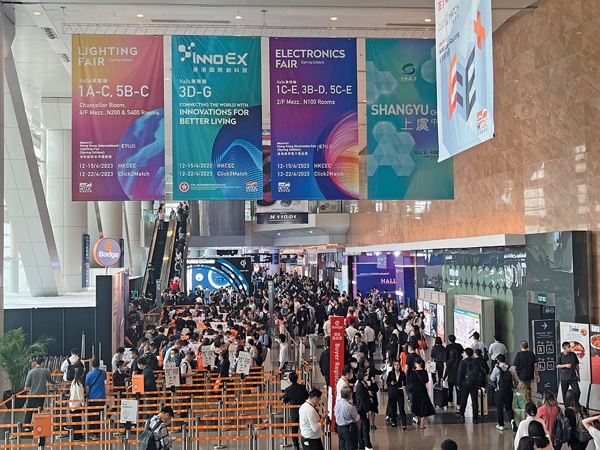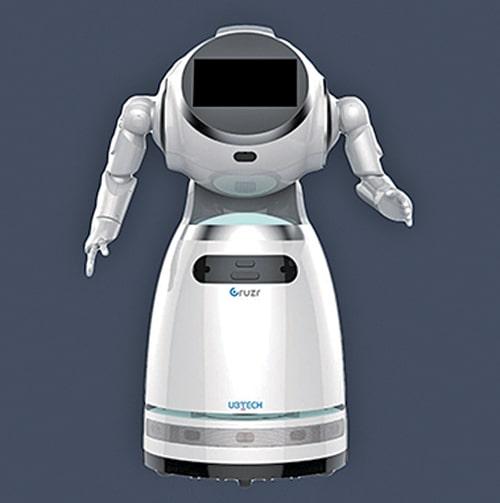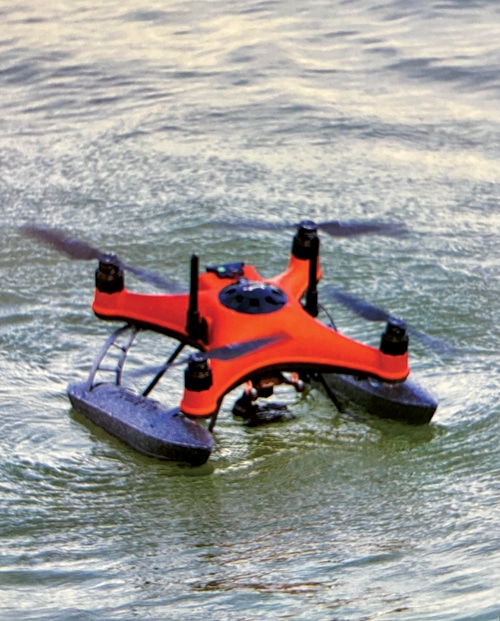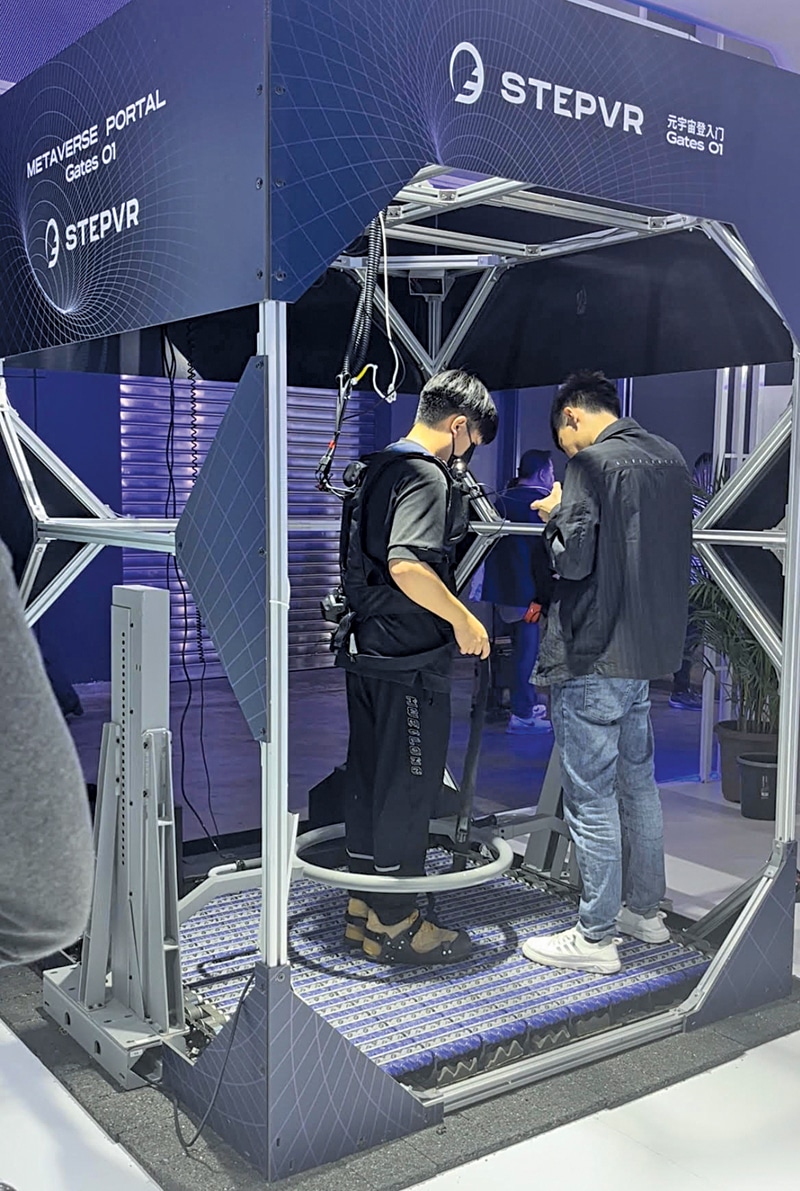Loaded with tech-sights worth seeing, the first-ever innovation expo of Hong Kong, InnoEX, was jointly organised by its government and the Hong Kong Trade Development Council (HKTDC) in April this year. The fact that the exhibition ran in conjunction with the Spring Edition of Hong Kong’s Electronics and Lighting Fair made it all the more exciting.
Though we know that advanced, futuristic technology is the backbone of such exhibitions
but what made it stand out? Let’s dive into the event highlights to know while also collecting some lessons for India on the go…
The one experience which grabbed the most attention during the expo was the fantastic use cases of augmented reality/virtual reality (AR/VR) and metaverse. While metaverse production companies like CanvasLand seemed set to thrive on applications and advisory services of this new tech, a company called STEPVR exhibited the “world’s first” metaverse gaming portal, Gates 01. The top-down console with an omnidirectional treadmill brought laser-positioning, robotic haptics, and mixed reality together to teleport the gamers between the real and virtual worlds.

Mixed reality is everywhere!
Another use-case of MR was found with a company called Manifold Tech Limited, which worked with real-time 3D mapping algorithms and advanced robotics technology to provide 3D reconstruction services. Concurrently, hardware companies like YVR are already digging deep into the R&D of next-generation VR glasses. We must ask, where is India positioned?
‘Boats’ and robots
No doubt we are one of the early starters in the drone tech space, but I found an interesting use-case in the fair, the “Boat Mode” of drones. SwellPro boasted of having floating foams with its newest drone series. Other lesser-known or lesser-utilised use cases demonstrated at the event included drone fishing and search and rescue operations.
Later in the day, I met BrainBOT, a humanoid robot that could communicate naturally with humans. In addition to looking after sales and marketing, the Hong Kong-based owner-company, called Parami Co. Ltd, claimed that this trilingual robot could also perform the job of a teacher. One wonders if ChatGPT’s humanoid version is around the corner, huh?

Robotics is becoming all about secure, efficient, and intelligent automation, with powerful pros like collision sensing technology and robot-human interaction (HRI). Various companies were exhibiting robots conducting laborious tasks like picking, moving, and sorting—which have use cases in places like construction sites, restaurants, hotels, hospitals, and schools.

Another highlight was the concept of inspection robots, and companies like R2C2 boasted of having wheeled, and four-legged robots capable of working under challenging industrial conditions.
Lipsync the password
A Hong Kong-based company, IntelligenceX Limited, was showing an interesting and innovative technology that employs lip motions for password creation. This AI-based technology works by authenticating the identity by simultaneously comparing the password content with the inherent behavioural attributes of lip movement.
I found it noteworthy that most of the startups or companies exhibiting their products and services had institutional or government support in the form of incubation or funds. It made me infer that such handholding is crucial if we want to build a thriving innovation ecosystem.

Initiatives like Startup India and MUDRA scheme for entrepreneurs are expected to do the same in India. Do we need to do more in order to witness a surge in innovation?
Despite the fact that the Asian, and especially Chinese, region dominated the fair with its hi-tech innovation and products, with minimal presence of the West and even India, the expo revealed a wholesome package of upcoming innovations ready to drive the new world.
Vaishali Yadav muses upon clouds, security, sustainability, integration, smartness, machines and learning—both trivially and technologically.






